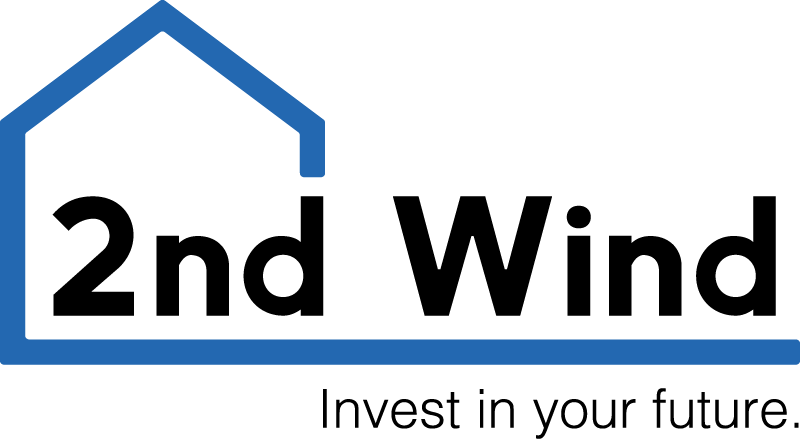Embarking on the journey to homeownership can be both thrilling and overwhelming. As potential buyers navigate the intricate world of real estate financing, one concept that often arises is the mortgage buydown. But what exactly is a mortgage buydown, why do they exist, and how can savvy homebuyers leverage this financial tool to their advantage? In this blog, we’ll unravel the mysteries behind mortgage buydowns and explore how they can play a pivotal role in making the dream of owning a home a reality.
Understanding Mortgage Buydowns:
A mortgage buydown is a financing strategy that involves paying an upfront fee to reduce the interest rate on a mortgage for a specified period. Essentially, it’s a way for homebuyers to “buy down” their interest rates, making homeownership more affordable, especially in the initial years of the loan. This temporary reduction in interest rates is typically structured over a period of one to three years, after which the interest rate usually adjusts to the original agreed-upon rate.
Why Mortgage Buydowns Exist:
Mortgage buydowns exist to address the financial concerns of both homebuyers and lenders. For buyers, a lower initial interest rate can translate into lower monthly mortgage payments, making homeownership more accessible. This can be particularly beneficial for those who anticipate an increase in their future income or expect financial circumstances to improve over time.
On the lender’s side, mortgage buydowns serve as an incentive to attract potential homebuyers. By offering a lower initial interest rate, lenders can make their mortgage products more appealing in a competitive market. This strategy can stimulate housing demand and provide an added layer of flexibility to accommodate a broader range of borrowers.
How Potential Buyers Can Take Advantage:
- Evaluate Financial Situation: Before considering a mortgage buydown, potential buyers should conduct a thorough assessment of their current and anticipated financial situation. Understanding future income prospects and financial stability is crucial to determine whether a buydown is a viable and strategic option.
- Calculate Savings: Utilize mortgage calculators to estimate the potential savings from a buydown. Compare the reduced initial payments with the standard payments to assess the long-term financial benefits.
- Negotiate Terms: When engaging with lenders, don’t hesitate to negotiate the terms of the mortgage buydown. This includes the duration of the reduced interest rate period and the amount of the upfront fee. Negotiation skills can play a significant role in securing the most favorable terms.
- Consider Future Plans: Evaluate your future plans and financial goals. If you anticipate a significant increase in income or plan to refinance after the initial buydown period, it may be a strategic move to take advantage of the temporary reduction in interest rates.
Conclusion:
Mortgage buydowns represent a valuable tool for both homebuyers and lenders in the complex landscape of real estate financing. By understanding the mechanics of buydowns and strategically leveraging this option, potential buyers can make the path to homeownership more manageable and financially sustainable. As with any financial decision, careful consideration, research, and negotiation are key to ensuring that a mortgage buydown aligns with your long-term homeownership goals.
Is this conversation helpful so far?

